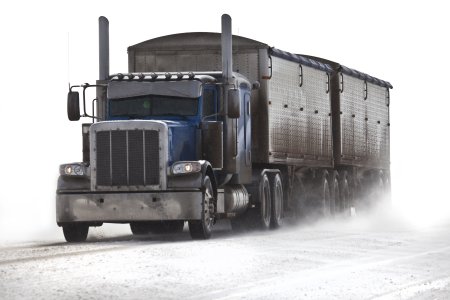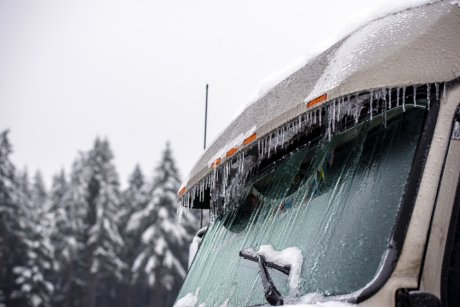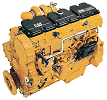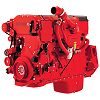Cold Weather Ahead: 12 Steps To Winterizing Your Semi-Truck

Cold weather and harsh driving conditions impact many truck components and systems. If they aren’t up to the fight, you could face breakdowns in life-threatening temperatures, unplanned downtime and expensive repairs.
Most winter-weather-related failures can be avoided with a thorough checkup and targeted dose of preventive maintenance before temperatures dip.
While we recommend setting up an annual preventive maintenance program with Foley RIG360 – make winterizing your truck an annual event. The time and care you take can pay off by keeping you and your equipment safe on wintery roads, and can give the added benefits of reduced downtime and fewer costly repairs. Here are 12 things to include on your winterizing to-do list:
1. CHECK THE COOLANT SYSTEM FOR LEAKS
Pay particular attention to clamps and hoses. If the coolant level doesn’t reach the “full” mark, pressurize the system to locate leaks.
2. TEST/REPLACE THE COOLANT
Most coolant manufacturers specify product life at 24 months. If your coolant is older, flush the system and replace the coolant. Even if the coolant hasn’t reached the two-year mark, use a refractometer or hydrometer and test strips to find out whether the freeze point is adequate and the coolant is preventing aeration, corrosion and cavitation.
3. MAKE SURE YOU CHOOSE THE CORRECT ENGINE OIL
In cold temperatures, your engine is likely to need
lighter-weight oil. If you’re running 15W-40 oil, consider switching to 10W-30 or a lighter-weight product. In extreme climates, consider lower-viscosity 5W-40 oil. Ensure products meet OE specifications.
 4. MAINTAIN THE ENGINE-BLOCK HEATER
4. MAINTAIN THE ENGINE-BLOCK HEATER
The block heater keeps the engine warm overnight and increases chances the engine will start well in cold temperatures. Compared with gas engines, diesel engines have a more difficult time starting in cold weather because they need higher cylinder temperatures.
5. TEST THE BATTERY AND CLEAN CONNECTIONS
Winter is usually when batteries fail. Cold temperatures cause batteries to resist charge and can reduce their lifespan. Test batteries’ state of charge using a handheld tester or digital voltmeter. If the remaining useful life is low or batteries are 3 years old or older, consider replacing them before winter.
6. INSPECT THE AIR DRYER
You might need to replace the filter and clean electrical connections. The air dryer collects and removes water, oil and other contaminants before they enter the air brake system, where liquid can threaten the brakes’ operation. If your air dryer has a heater, make sure it works.
7. EXAMINE COOLANT HEATERS AND OIL HEATERS
Improve cold weather engine startability and decrease engine wear in extremely cold environments (temperatures below 11 degrees Fahrenheit for extended periods).
8. CHECK HEATER AND DEFROSTER OPERATION
Make sure the directional vanes are functioning and in the correct position to provide effective defrosting.
 9. LOOK FOR WINDSHIELD CHIPS AND CRACKS
9. LOOK FOR WINDSHIELD CHIPS AND CRACKS
Stress on windshields worsens when temperatures fall and sheet metal contracts. You can avoid a full windshield replacement by repairing minor damage before cold weather hits.
10. REFILL WINDSHIELD WASHER RESERVOIRS
Make sure there is enough deicer/solvent solution to defrost the windshield and keep the washer fluid container from freezing and bursting.
11. PAY ATTENTION TO TIRES
Ensure tread thickness is adequate for winter driving. If you do a lot of driving in areas with winter road conditions, consider buying tires with a tread pattern suited to those conditions. Tire inspections that show circumferential cutting, chunking, spin damage or tearing are a sign of weather-related low traction. Put high-quality, properly fitting tire chains in the vehicle.
12. KEEP TABS ON THE FUEL FILTER AND WATER SEPARATOR
You don’t want fuel flow to be blocked by ice, and fuel contaminants, including condensation, can shorten the service life of your engine. Use a demulsifier before cold weather to clean water out of the system. Change fuel filters regularly during winter months and drain the fuel/water separator often.





